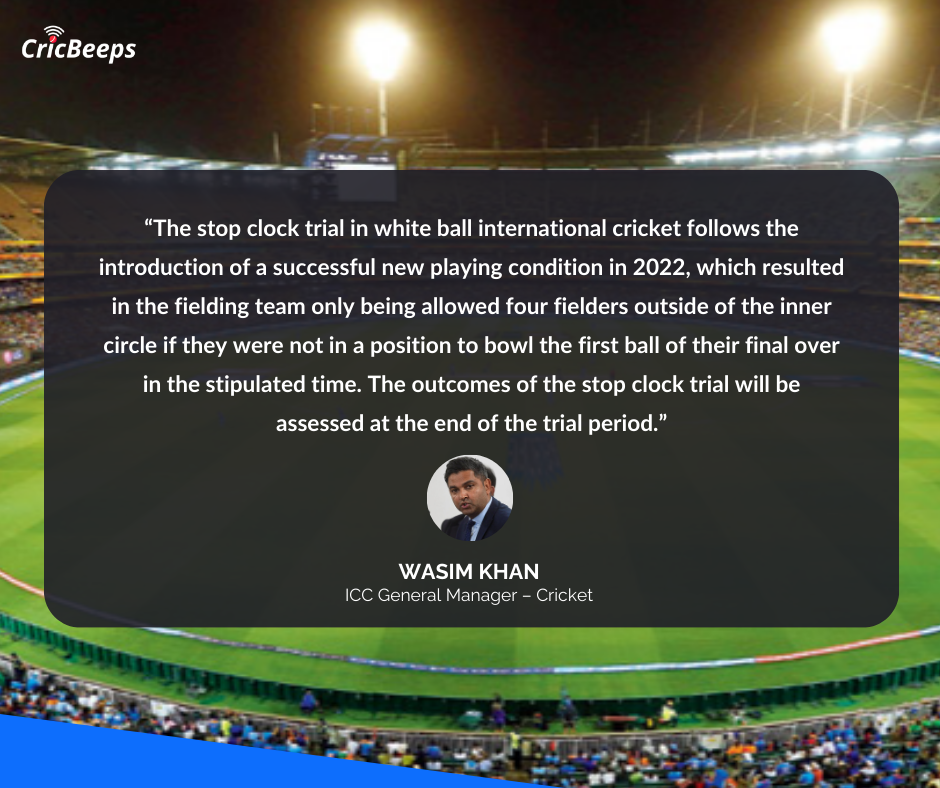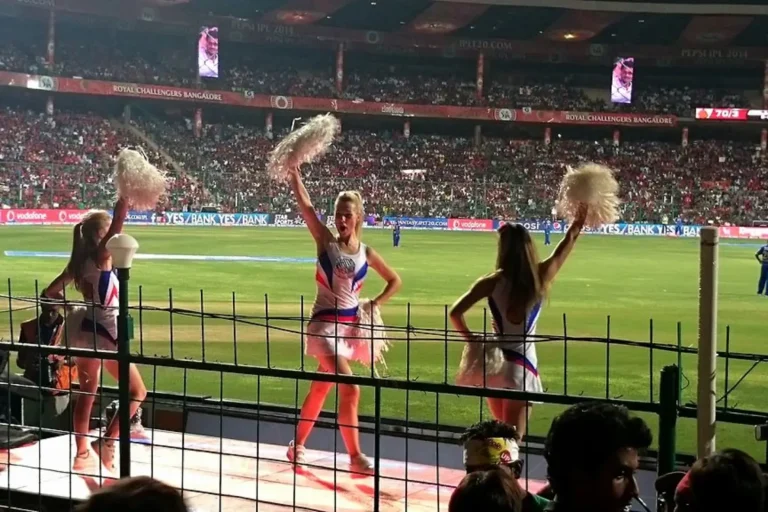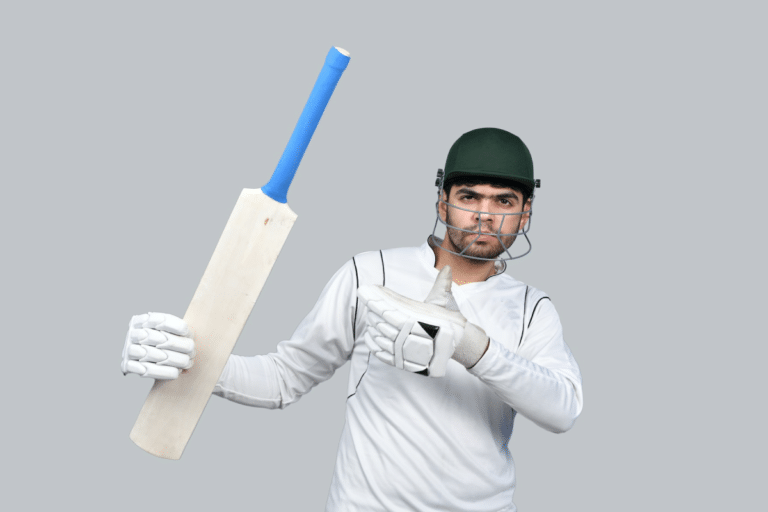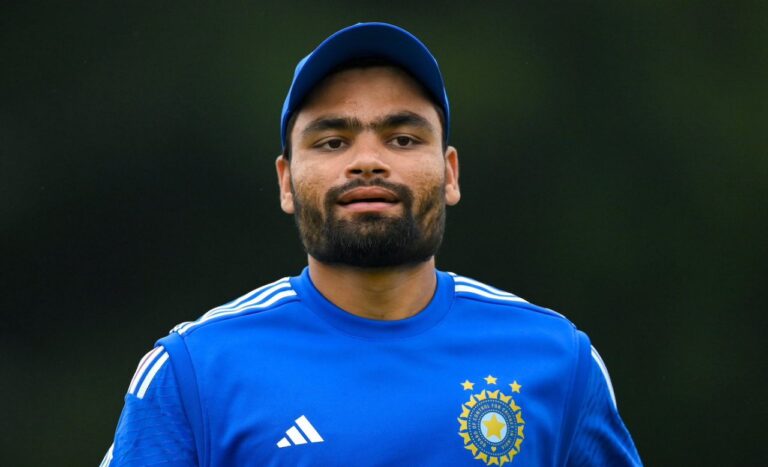The stop clock rule, a new playing condition, is set to undergo a trial in white-ball international cricket, debuting in the West Indies-England 1st T20Is on December 13 2023. According to the rule, the bowling team must start the first ball of their next over within 60 seconds of the completion of the previous over. A five-run penalty will be imposed if the team fails to comply for the third time in an innings ( After two warnings ).
This rule comes after the implementation of a successful playing condition introduced in 2022, restricting the fielding team to four fielders outside the inner circle if they cannot bowl the first ball of their final over within the specified time.
Reason behind stop clock in cricket
The introduction of the stop clock rule aims to regulate the pace of play and eliminate “dead time” in the game, drawing inspiration from a similar rule in tennis. Notably, the need for faster play gained attention when Angelo Mathews of Sri Lanka became the first batsman to be dismissed “timed out” during the recent World Cup for failing to take strike within the stipulated two-minute timeframe in a league match against Bangladesh.
The MCC committee, featuring former international captains Ricky Ponting, Sourav Ganguly, and Kumar Sangakkara, proposed the ‘shot clock’ in 2018 to address pace of play concerns.
Trial Period for evaluating the rule
The stop clock rule will specifically apply to men’s ODIs and T20Is and will undergo a six-month trial starting from December, extending until April 2024. As name indicates, there will be an electronic clock displayed on the ground that counts down from sixty to zero. The initial trial will take place during the three-match ODI series between West Indies and England, commencing on December 13.
While the stop clock rule introduces a time limit for delivering overs in cricket, there are exceptions to its use. The clock will not be effective in certain situations, such as when a new batter takes position or during a drinks interval. Exceptions also include instances of player injuries, with official permission for treatment, and circumstances beyond the fielding side’s control, such as a lost ball or broken bat.
Stop clock will be paused in below cases
Stop clock will not be in effective in below scenarios
New batter: Clock stops to let them settle in.
Drinks break: Clock rests while players quench their thirst.
Player injured: Clock takes a break for official treatment.
Lost ball or broken bat: Not the fielders’ fault, so the clock chills.
The responsibility for initiating the timer rests with the third umpire, who chooses not to activate it after a declared dead ball or during a DRS review. Additionally, if the fielding side is ready to bowl within 60 seconds but faces delays from the batting side, on-field umpires can use their discretion to make judgment calls. The stop clock aims to prevent intentional time consumption by batters for strategic reasons or breaks.
The ICC’s Wasim Khan, General Manager – Cricket, on stop clock.

FAQs
Stop clock rule in cricket in its trial phase. Under this rule now fielding team can not take more then 60 seconds in between the overs. The fielding team must have to start new over within 60 seconds form last ball bowled.
The fielding team will given 5 runs penalty for failing to comply with rule.
There are 2 warnings for violating the stop clock rule failing to 3rd time five-run penalty will be imposed.
Third umpire will be managing the stop clock, when to start and stop thats 3rd umpires responsibility.




